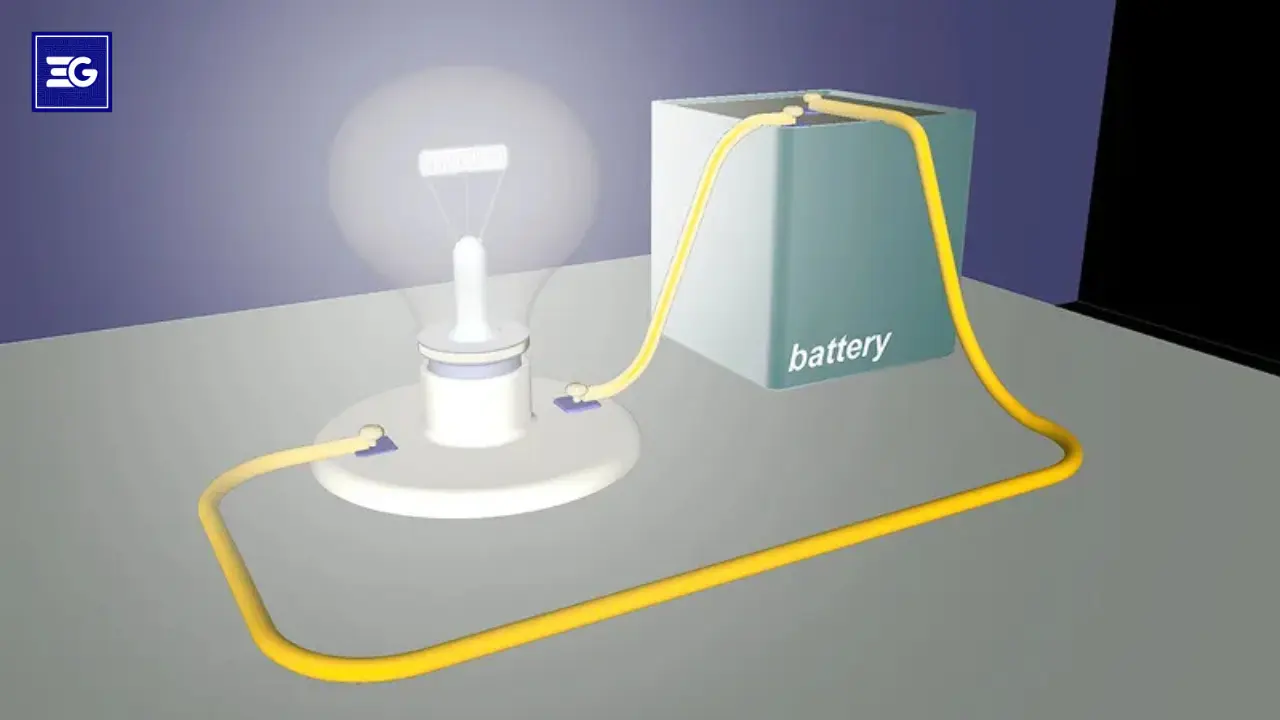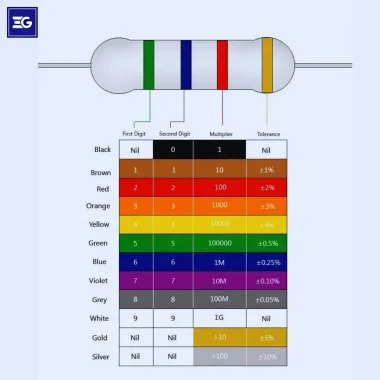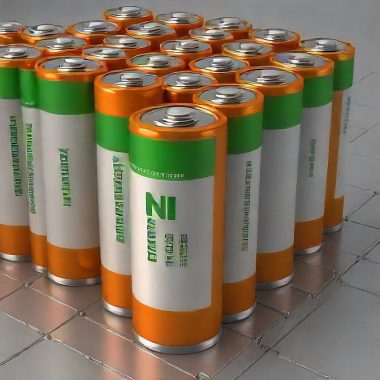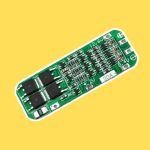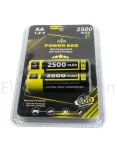In the land of electronics, this fundamental property called resistivity affects how components are made, what they’re made of, and what they do. For electronics beginners, who may be new to resistors and are trying to understand resistance, as well as possibly students of physics, it’s vital that you get your head around resistivity. The next time people ask you why resistivity is better than just plain resistance, you will know to explain to them all about this guide, and how to use resistivity in electronics.
1. What Is Resistivity?
Resistivity is the material property of being able to resist the flow of electric current. This is a material specific property and is given in units of ohm meters (Ω⋅m). Electricity can pass very easily through materials that have low resistivity, and these are called conductors: metals are very good examples of them. While rubber is a material with high resistivity, it is poor a conductor and is used as an insulator.
Resistivity shaped as (ρ) is: ρ=R×LA
where:
𝑅- In ohms (Ω) it is resistance R.
𝐴- The cross sectional area in a square meter (m²) is called A.
𝐿- The length of material is in meters (m); L.
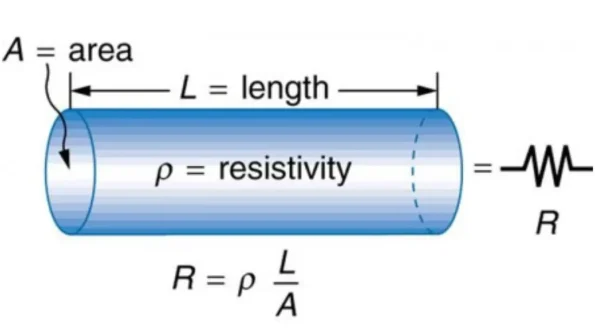
2. Resistivity Difference from Resistance
Although resistivity is an inherent property of a material, resistance is the actual figure of disadvantage of current in a given object. The physical dimensions of the object as well as its resistance depends on resistivity. Let’s take for example if you have a longer wire with the same material but higher resistivity would have more resistance compared to a shorter wire made of the same material.
Resistance can be calculated by: R=ρ×L/A
where:
𝑅- Ohms (Ω) is resistance R.
𝜌- ρ is the resistivity,
𝐿- L and A represent length and cross-sectional area, respectively.
3. Resistors — their role and Ohm’s Law
Components used in circuits to control current flow are resistors. In circuits needing current regulation, they are especially useful. Ohm’s Law, a key principle in electronics, describes the relationship between voltage (V), current (I), and resistance (R):
V=I×R
If the resistance of a circuit is increased, as Ohm’s Law says, the current will decrease. A very important law to consider when designing circuits to protect components from excessive current is this law.
There are several types of resistors: carbon, wire wound and metal oxide (also known as thin film) resistors vary in characteristics to suit different applications. That’s why, for example, resistance values for resistors with higher resistances help reduce current more than those with lower resistances allow for.
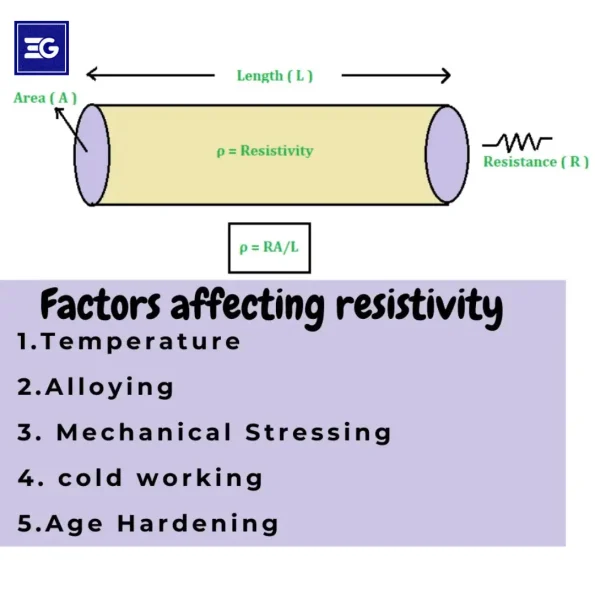
4. Resistance Color Code.
The values of resistors are marked with a resistance color code. These are the colored bands in this code and the numbers that correspond to these bands on the resistor. The resistor’s resistance value is identified without any tools as each color represents a digit.
For example, a resistor with bands in the following colors:
Brown, Black, Red, and Gold
Analogous to 1 (Brown) 0 (Black), two zeros (Red), +- 5% (Gold) = 1000 ohms or 1 kΩ (thousand ohms).
Working with resistors, especially identifying resistors quickly and efficiently in connecting hands-on electronics projects, one must learn the resistance color code.
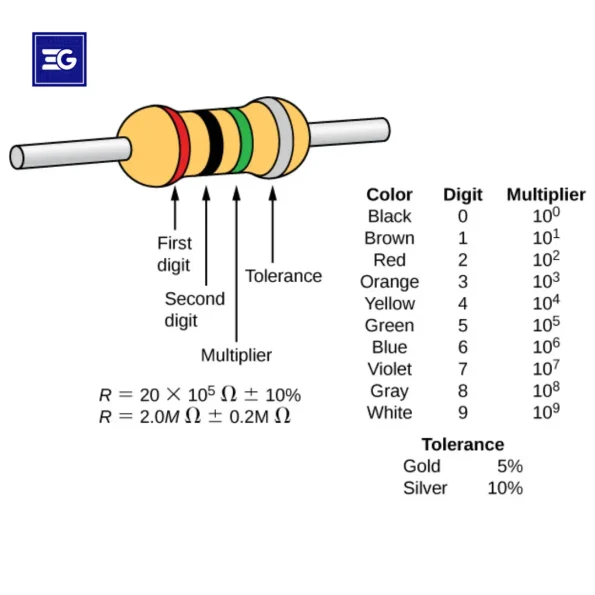
5. Low Self Discharge Resistors and Their Applications
One fantastic property that some resistors have is that they tend to have low self discharge; meaning they retain their charge for much longer. Low self discharge is well known with batteries, but it’s also relevant for certain types of resistors if they are used in long term applications like a power supply system or backup circuits.
Very helpful in applications where stability over time is critical are resistors with low self discharge characteristics. This feature is useful in maintaining consistent resistance and shields against power loss, something very useful in circuits of high operational life expectancy.
Often, low self-discharge resistors are connected to high quality connectors and material minimizing heat and energy loss in these high precision devices. The applications of these resistors, particularly where reliable performance is required over long periods, are quite suitable.
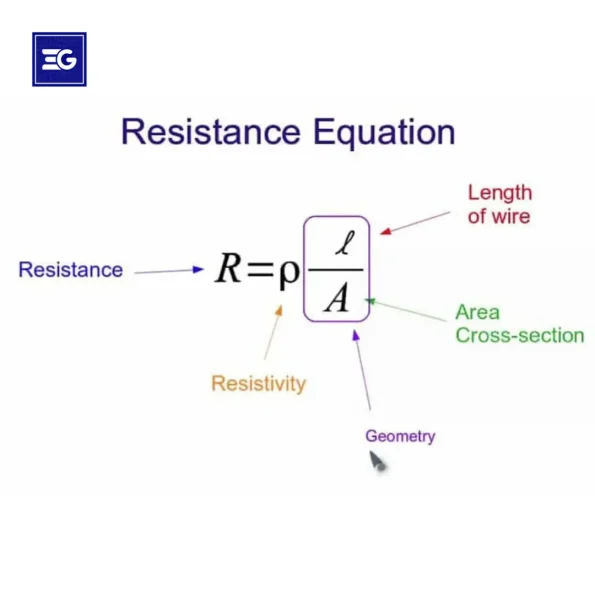
Conclusion
If you are working with electronics, resistivity is an important concept that you need to understand, and even when working with resistors, and resistance. This knowledge, from understanding what makes a good resistor and the difference between resistivity and resistance to Ohm’s Law and learning to read the resistance color codes – helps go a long way. Knowing how to work with resistivity, and reading about the application of low self discharge resistors will let you apply the resistors better and utilize your electronics projects more efficiently.
To get better at the concepts of resistivity and resistance and the techniques associated with the skills will also enable you to design efficient, safe and reliable circuits. The best part is that if you choose the right resistors and know how to read the color code of their values, then you will manage to control current flow and have more robust and successful electronics projects.

